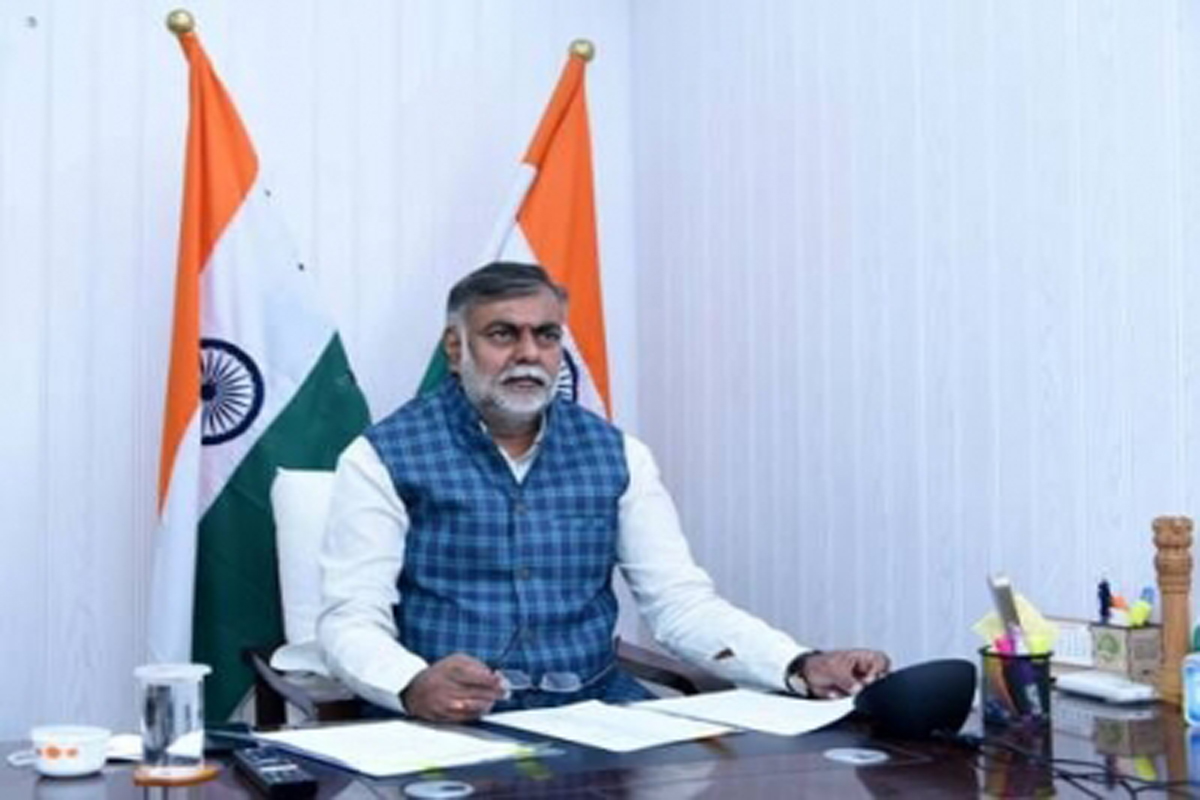Seven rivers showed improvement in water quality, while no perceptible improvement was observed in case of four other rivers, and no definite trend could be ascertained in two rivers as the impact of the Covid-19 pandemic-induced lockdown last year, the Parliament was told on Thursday.
Various stretches of Ganga and its tributaries showed varying degrees of improvement on a few water quality parameters, Minister of State for Jal Shakti and Food Processing Industries Prahlad Singh Patel told the Lok Sabha in a written reply.
Advertisement
The water quality monitoring of 19 rivers was conducted by the respective State Pollution Control Boards (SPCBs)/Pollution Control Committees (PCCs) during March and April 2020 to assess the impact of lockdown due to Covid-19 pandemic in the country, he said.
The assessment was based on monitoring of parameters namely pH, Dissolved Oxygen (DO), Bio-chemical Oxygen Demand (BOD) and Fecal Coliform, as stipulated in Primary Water Quality Criteria for outdoor bathing notified by the Central government under the Environment (Protection) Rules, 1986.
Based on monitoring results, the Brahmani, Brahmputra, Cauvery, Godavari, Krishna, Tapi, and Yamuna showed improvement in water quality, which could be attributed to minimal industrial effluent discharge, no human and/or anthropogenic activities, cattle movement, etc.
No perceptible improvement was observed in case of the Beas, Chambal, Satluj and Swarnrekha rivers. In case of the Sabarmati and Mahi rivers, water quality remained unchanged. As such, no definite trend was observed to substantiate the impact of lockdown, the statement said.
“Along various stretches of Ganga and its tributaries, varying degrees of improvement in a few water quality parameters was observed, which may be attributed to increased availability of fresh water due to rainfall in the catchment area and reduction in human and/or anthropogenic activities,” it said.
The Minister’s answer, however, made no reference to the quality of water for Mahanadi, Narmada, and Pennar.
Patel also said that the Central Pollution Control Board (CPCB) in association with the SPCBs/PCCs is regularly monitoring water quality of rivers and other water bodies in the country through a network of monitoring stations under the National Water Quality Monitoring Programme. As per the CPCB report of September 2018, 351 polluted river stretches were identified on 323 rivers based on monitoring results in terms of BOD, an indicator of organic pollution.
Rivers in the country are polluted mainly due to discharge of untreated or partially treated sewage from cities/towns and industrial effluents in their respective catchments. It is the responsibility of the states/Union Territories (UTs) and local bodies to ensure treatment of sewage and industrial effluents to the prescribed norms before discharging into rivers, water bodies or land to prevent and control of pollution therein, he said.
In addition, the CPCB has devised the Guidelines for Handling, Treatment and Disposal of Waste Generated during Treatment/Diagnosis/Quarantine of Covid-19 patients issued in July 2020 that does not permit disposal of bio-medical waste including used masks and gloves into the water bodies, the Minister said.











